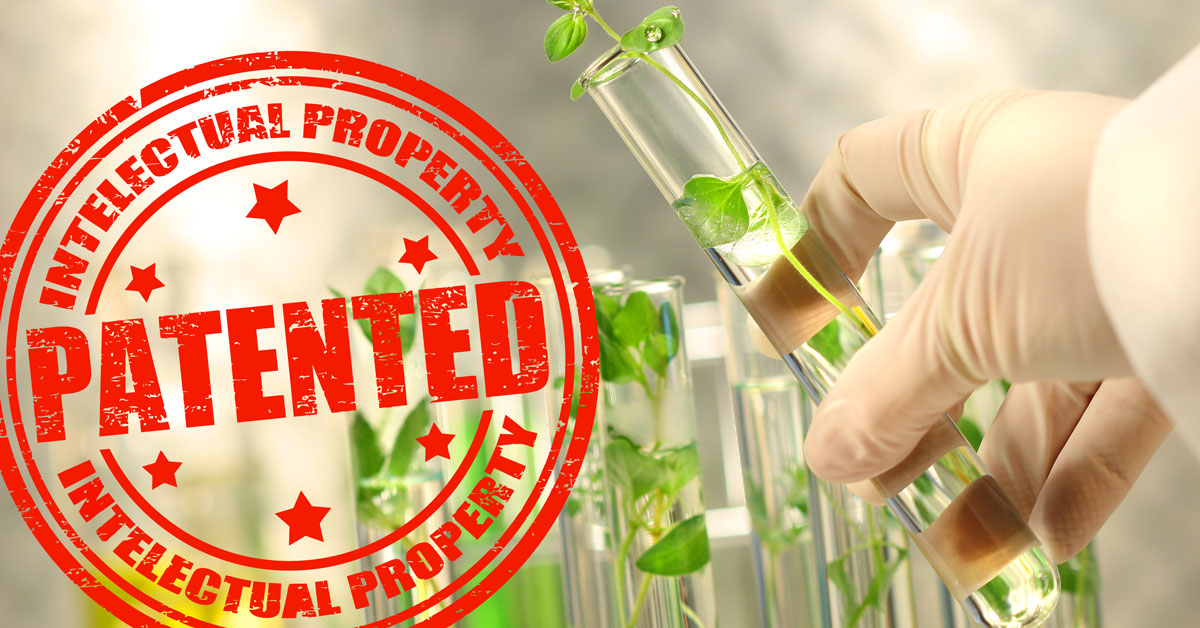
Interest in patents is also impacting public debate
Testbiotech has published a new report showing the increasing number of patent applications being filed and granted in Europe on so-called gene scissors (new genetic engineering, New GE). The patent landscape is dominated by the Corteva group, which resulted from a merger of Dow AgroSciences and DuPont/Pioneer. Apart from its own patents, Corteva controls access to many other patents needed by breeders who want to use CRISPR/Cas technology.
This development strongly contradicts repeatedly voiced arguments stating that CRISPR/Cas technology is cheap and therefore more accessible for smaller- and medium-sized breeding companies.
Furthermore, many of the patents currently being filed intentionally try to blur the fundamental biological and technical differences between genetic engineering and conventional breeding. The purpose is to expand patent monopolies into the non-technical areas of traditional breeding that are excluded from patenting. This can have major consequences for the functioning of the European market in plant and animal breeding.
A comparable strategy of blurring the differences between conventional breeding and genetic engineering can be observed in the political discussions around EU GMO regulation. The same stakeholders involved in filing the patents are also attempting to blur the differences in GMO legislation to achieve far-reaching deregulation.
Disruptive processes in plant breeding, agriculture and food production are a highly likely consequence of monopolistic claims on patented technologies and seeds linked to the introduction of New GE crops. This puts the precautionary principle at risk and increases the pressure on ecosystems. Short-term profit maximisation is driven by the duration of the patent (20 years) and pressure on the companies to sell as many of their patented seeds as possible.
This means that ecosystems may be impacted within a short period of time by an increasing number of New GE organisms. The pressure to generate profit may therefore also impact food safety.
Testbiotech report on New GE and patents
https://www.testbiotech.org/node/2772
Source: Testbiotech
https://www.testbiotech.org/en/news/increasing-number-patents-food-plants-and-new-ge










